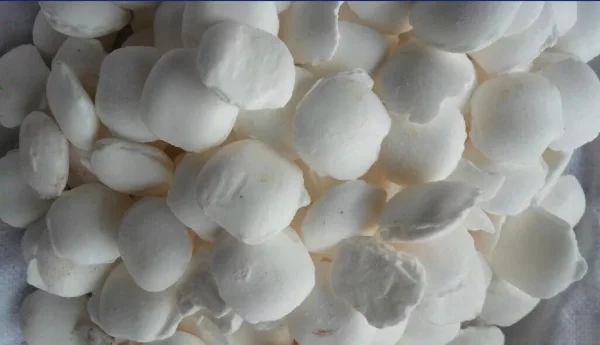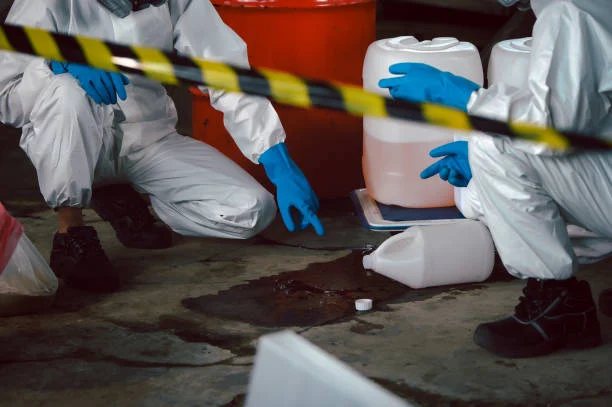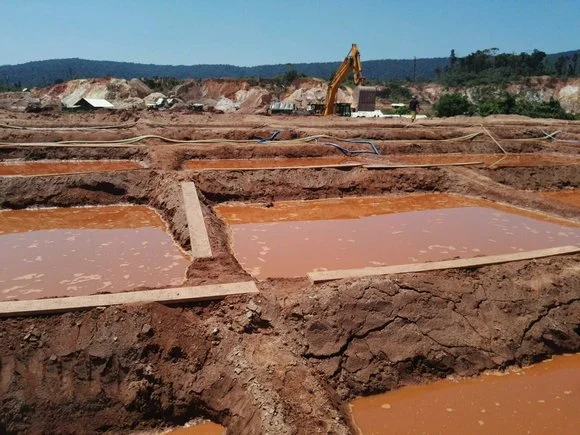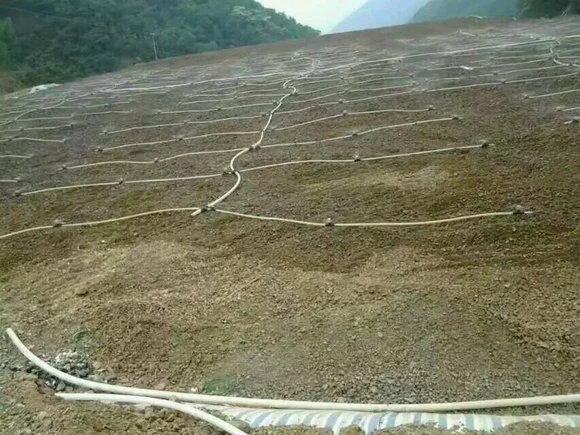
Introduction
The extraction of gold has long been a crucial industry, but the traditional method relying on Sodium cyanide has raised serious environmental and health concerns. Sodium cyanide is highly toxic and can cause significant damage to ecosystems if not properly managed. In recent years, there has been a growing push to develop alternative, more sustainable techniques for Gold extraction. This blog post explores these innovative methods that offer a more environmentally friendly approach to the age-old process of obtaining gold.

The Problem with Sodium Cyanide in Gold Extraction
Sodium cyanide has been the go-to reagent for gold extraction for over a century due to its effectiveness in dissolving gold from ore. However, its toxicity is a major drawback. Even in small amounts, cyanide can be lethal to aquatic life, birds, and mammals. In the event of a spill or improper disposal in mining operations, cyanide can contaminate water sources, soil, and air, leading to long - term environmental degradation. Additionally, the handling of cyanide requires strict safety measures, and any lapses can result in harm to workers.
Promising Green Alternatives to Sodium Cyanide

1. Bioleaching
Bioleaching, also known as microbial leaching, is a process that uses microorganisms to extract metals from ore. In the case of gold extraction, certain bacteria, such as Thiobacillus ferrooxidans, can oxidize the sulfur - bearing minerals associated with gold, releasing the gold in a more accessible form. This method is environmentally friendly as it does not use toxic chemicals like cyanide. It also operates at relatively low temperatures and pressures, reducing energy consumption compared to some traditional extraction methods. Bioleaching is a sustainable option that can be applied to low - grade ores, which are often uneconomical to process using conventional techniques.
2. Thiosulfate Leaching
Thiosulfate leaching is another alternative to cyanide - based extraction. It uses thiosulfate ions, typically in the form of sodium thiosulfate, to complex with gold and dissolve it from the ore. This method is much less toxic than cyanide. Thiosulfate is relatively stable in the environment and does not pose the same high - risk threat to wildlife and water sources. Moreover, Thiosulfate leaching can be more efficient in certain types of ores, especially those containing copper and other metals that can interfere with cyanide - based processes. The process can also be optimized to reduce chemical consumption and improve gold recovery rates.
3. Ionic Liquids
Ionic liquids are salts that are liquid at room temperature. They have unique properties that make them suitable for gold extraction. Ionic liquids can selectively dissolve gold from ore without the need for highly toxic chemicals. They are non - volatile, which means they do not contribute to air pollution during the extraction process. Additionally, they can be recycled and reused, reducing waste generation. Although still in the research and development phase for large - scale applications, ionic liquids show great potential as a sustainable alternative to traditional gold extraction methods.
4. Supercritical Fluid Extraction
Supercritical fluid extraction uses supercritical fluids, such as carbon dioxide (CO₂) at high temperatures and pressures, to extract gold from ore. At its supercritical state, CO₂ has properties between those of a gas and a liquid, allowing it to penetrate the ore and dissolve gold. This method is environmentally friendly as CO₂ is a relatively non - toxic and abundant compound. It also reduces the need for large amounts of water and other chemicals used in traditional extraction. Supercritical fluid extraction can be a highly efficient way to extract gold, especially from complex ores.
Challenges and the Road Ahead
While these alternative methods show great promise, there are still challenges to overcome. For example, Bioleaching can be a slow process, and optimizing the growth conditions for the microorganisms can be complex. Thiosulfate leaching may require more complex process control compared to cyanide leaching. Ionic liquids and supercritical fluid extraction are still in the early stages of commercial development, and there are costs associated with scaling up these technologies. However, with continued research and development, these challenges can be addressed. Governments, mining companies, and research institutions need to collaborate to invest in the development and implementation of these greener gold extraction methods. This will not only help to protect the environment but also ensure the long - term viability of the gold mining industry.
In conclusion, the search for alternatives to Sodium Cyanide in gold extraction is not only a matter of environmental responsibility but also an opportunity for innovation and sustainable development. By embracing these greener technologies, the gold mining industry can reduce its ecological footprint and contribute to a more sustainable future.
- Random Content
- Hot content
- Hot review content
- Company product introduction
- IPETC 95%Metal sulfide mineral collector Z-200
- High-strength, High-precision Shock Tube Detonator
- Ammonium Nitrate Porous Prills
- Ferrous Sulfate Industrial Grade 90%
- Featured Poducts Sodium Cyanide
- Ammonium Persulfate Industrial Grade 98.5%
- 1Discounted Sodium Cyanide (CAS: 143-33-9) for Mining - High Quality & Competitive Pricing
- 2China's New Regulations on Sodium Cyanide Exports and Guidance for International Buyers
- 3Sodium Cyanide 98% CAS 143-33-9 gold dressing agent Essential for Mining and Chemical Industries
- 4International Cyanide(Sodium cyanide) Management Code - Gold Mine Acceptance Standards
- 5China factory Sulfuric Acid 98%
- 6Anhydrous Oxalic acid 99.6% Industrial Grade
- 7Oxalic acid for mining 99.6%
- 1Sodium Cyanide 98% CAS 143-33-9 gold dressing agent Essential for Mining and Chemical Industries
- 2High Quality 99% Purity of Cyanuric chloride ISO 9001:2005 REACH Verified Producer
- 3Zinc chloride ZnCl2 for High Molecular Weight Polymers Initiator
- 4High Purity · Stable Performance · Higher Recovery — sodium cyanide for modern gold leaching
- 5High Quality Sodium Ferrocyanide / Sodium Hexacyanoferr
- 6Gold Ore Dressing Agent Safe Gold Extracting Agent Replace Sodium Cyanide
- 7Sodium Cyanide 98%+ CAS 143-33-9











Online message consultation
Add comment: